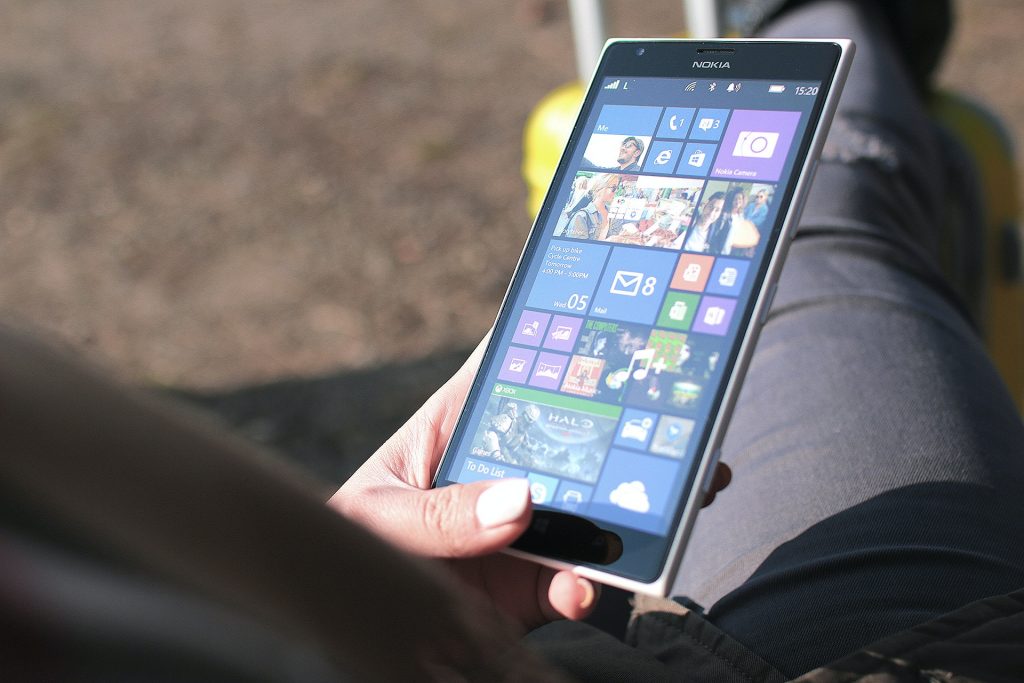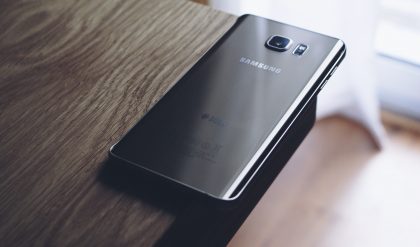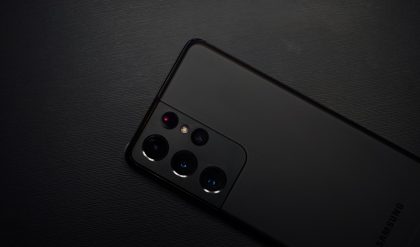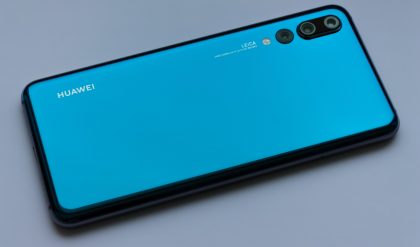Microsoft is one of the most trustworthy brands in terms of innovation and technology. Unluckily, one of its products failed to impress the audience. Millions of people use the Windows operating system on laptops and computers. So, why did the Windows phone prove unsuccessful and lag behind others? Keep reading to find out.
Competition with Android and Apple
Microsoft started the production of its first Smartphone to compete with Android and Apple phones. At that time, Apple phones had emerged in the market and had received all the hype. Google started to partner with various product manufacturers. As a result, cheap Android mobiles emerged in the market as well. Microsoft overlooked the power of Google apps and pursued Apple. Later, Google did not allow Microsoft to use their products which led to the ultimate failure of the Windows devices. The absence of the most frequently used applications like Gmail and YouTube made people lose interest in these devices.

Partnership with Nokia
Microsoft teamed up with Nokia to develop phones. At that time, Apple and Samsung devices were throbbing in the market with the latest innovations. Nokia was unable to compete with that. Microsoft’s partnership with Nokia was the biggest slip in the history of both companies.
The Problem in Windows Mobile
The biggest problem with Windows phones was Windows itself. Despite being a successful computer operating system, the Windows OS was unable to stand out in smartphones. The operating system primarily designed for use in big devices was stuffed into small gadgets. In other words, the system was mediocre, and with limited and fewer features, the phones were unable to attract users’ attention.
The Death of Windows Phone
For years, many of the popular apps like YouTube and Instagram remained unavailable in the Microsoft app store that disappointed the users. As a consequence, there was a considerable fall in the stock rate of Nokia products. Microsoft powered the Windows phone till late 2017, and later, it was completely dead.
Conclusion
To conclude, some bad decisions of Microsoft led to the demise of this product. They could not keep pace with time, lacked innovation, and were unable to adapt to new requirements. Currently, Microsoft is working on Windows 11, which would be more compatible for touchscreens and convertible devices to meet modern needs.






